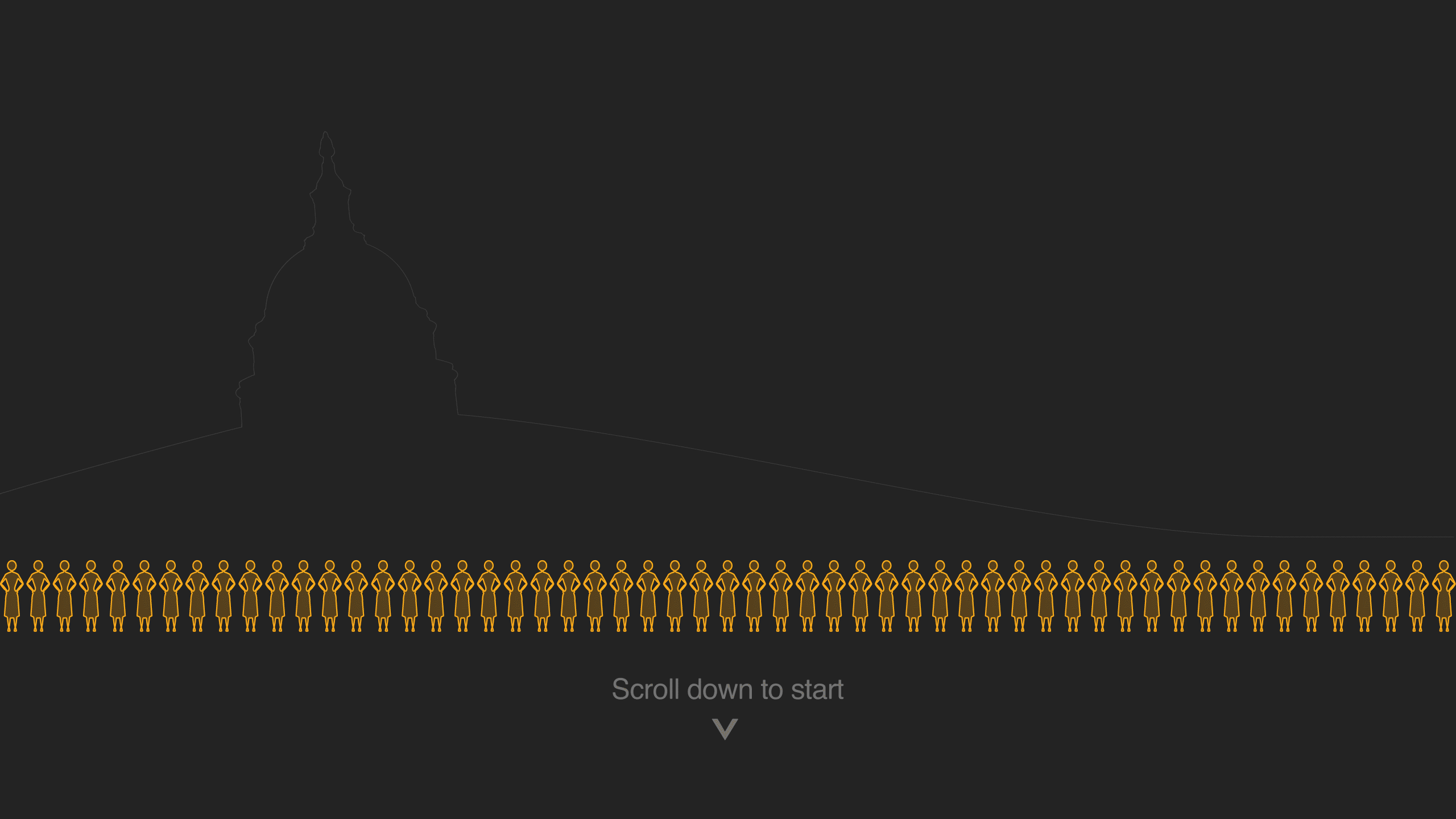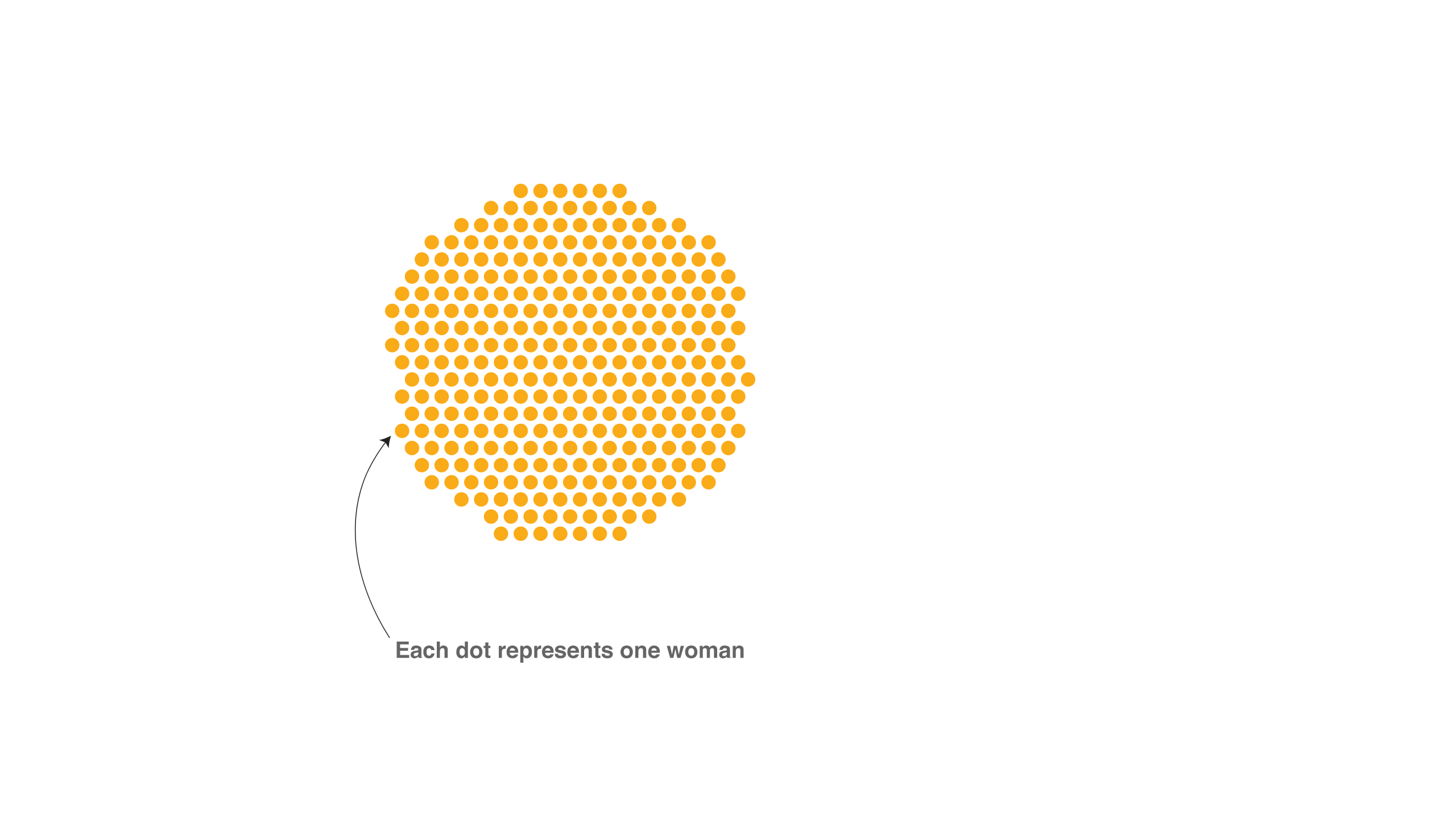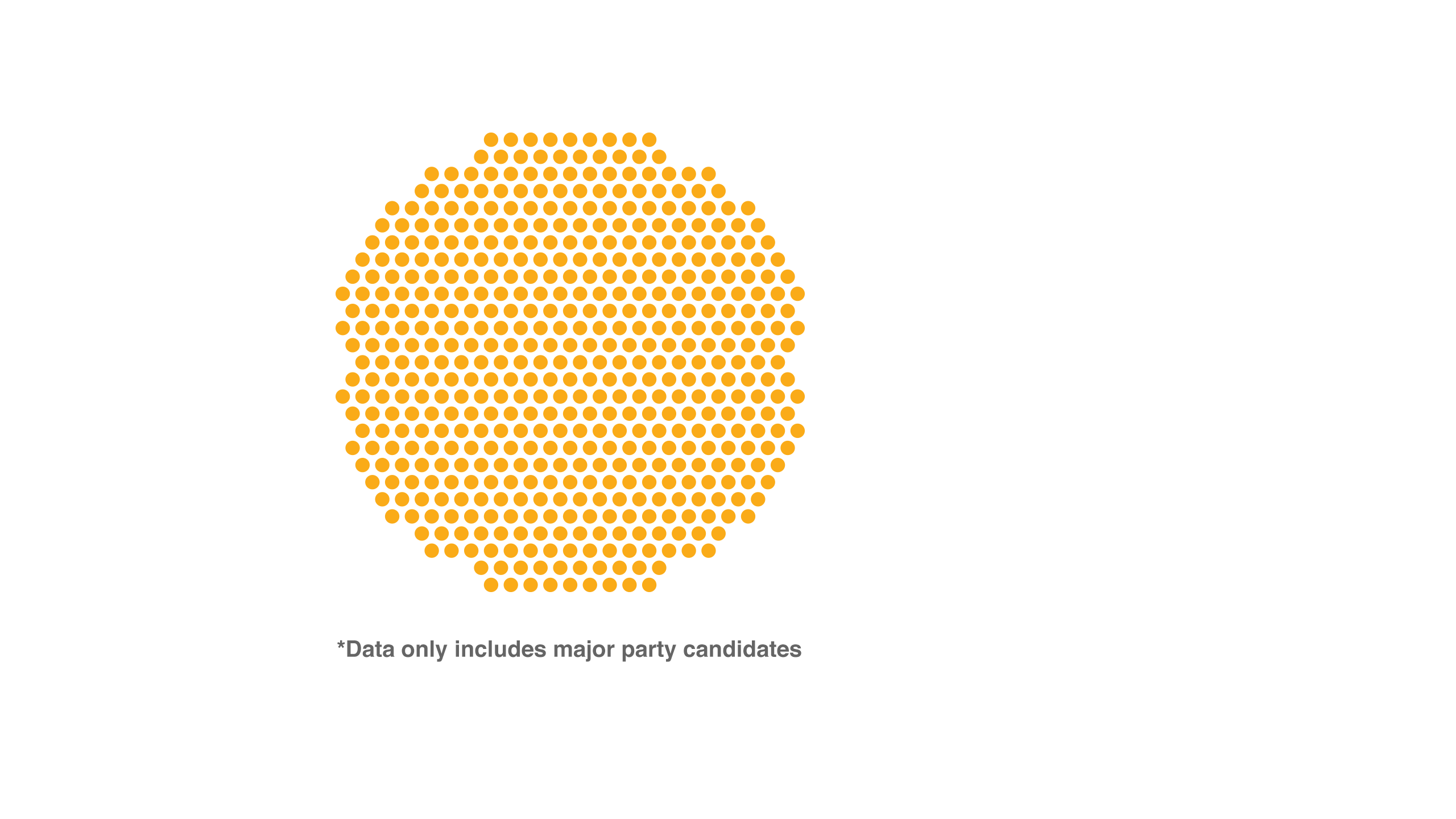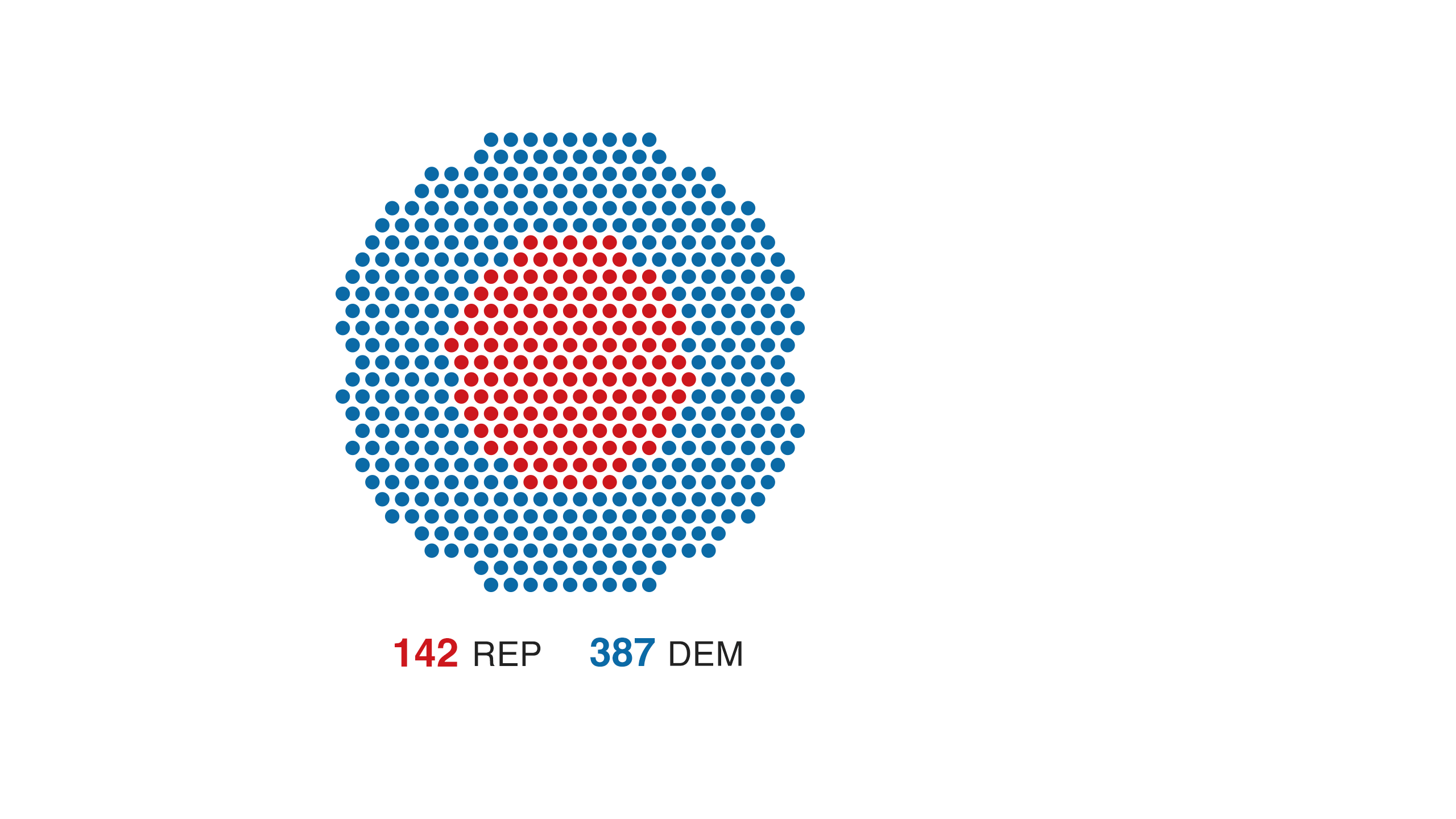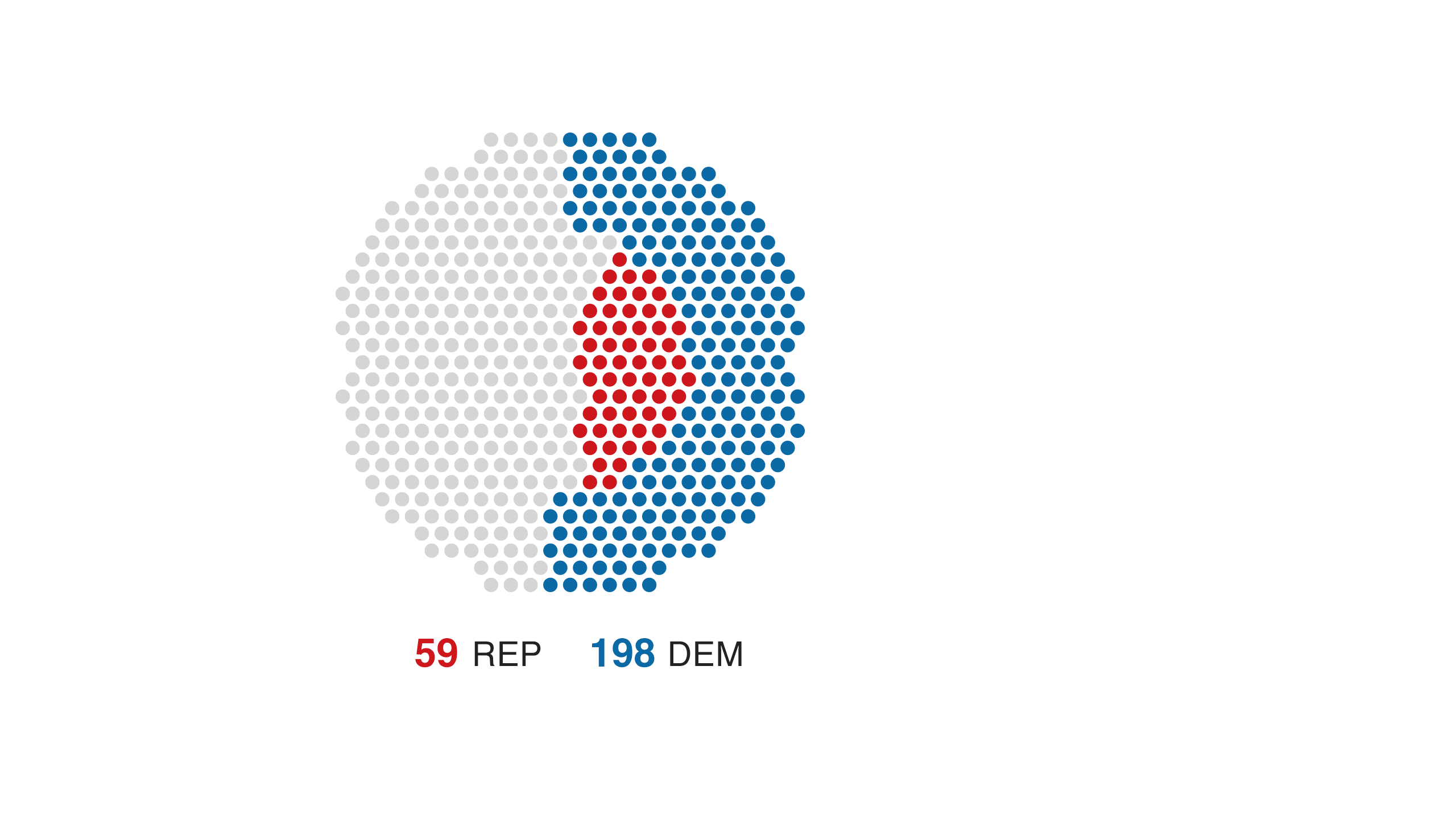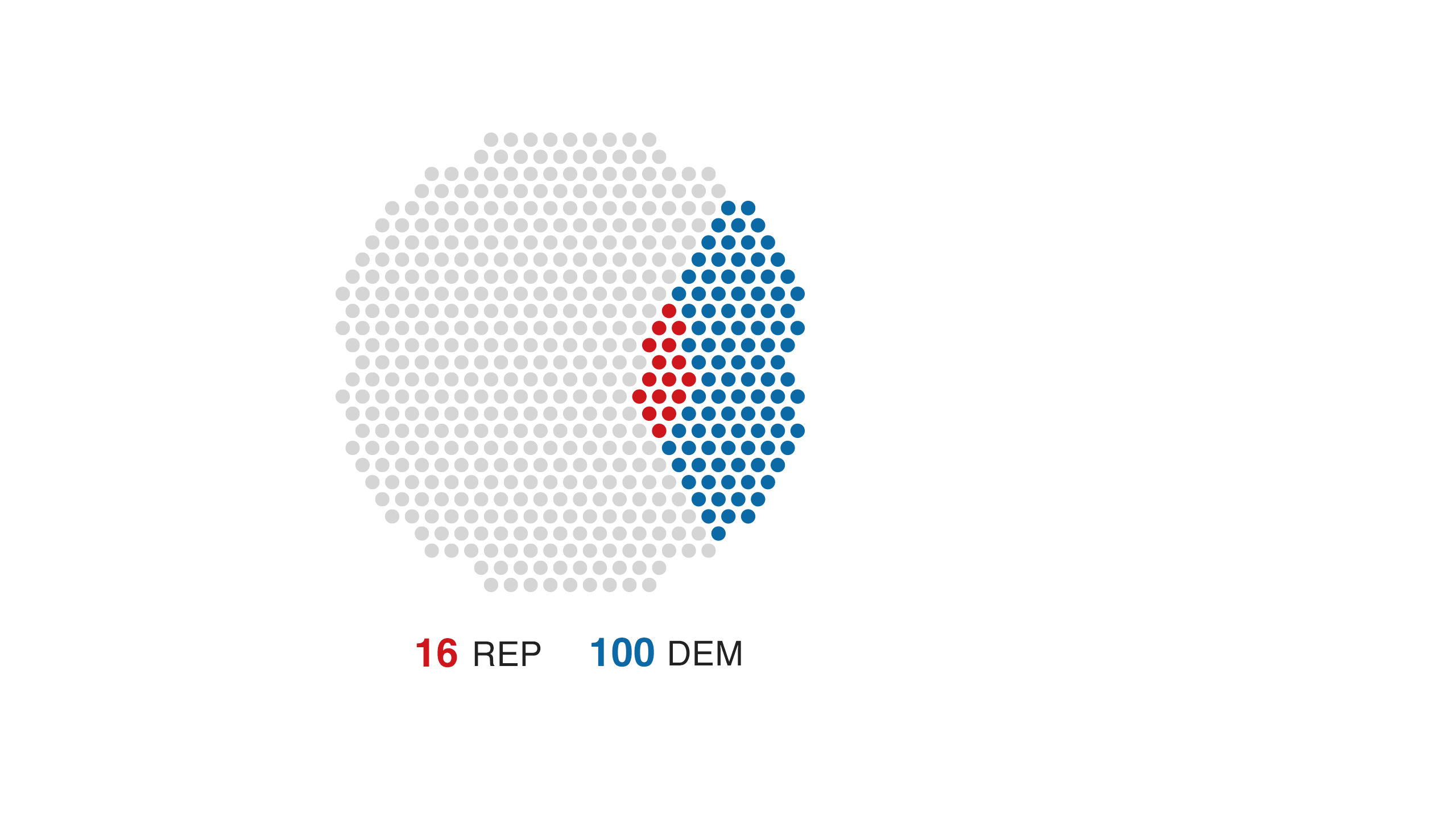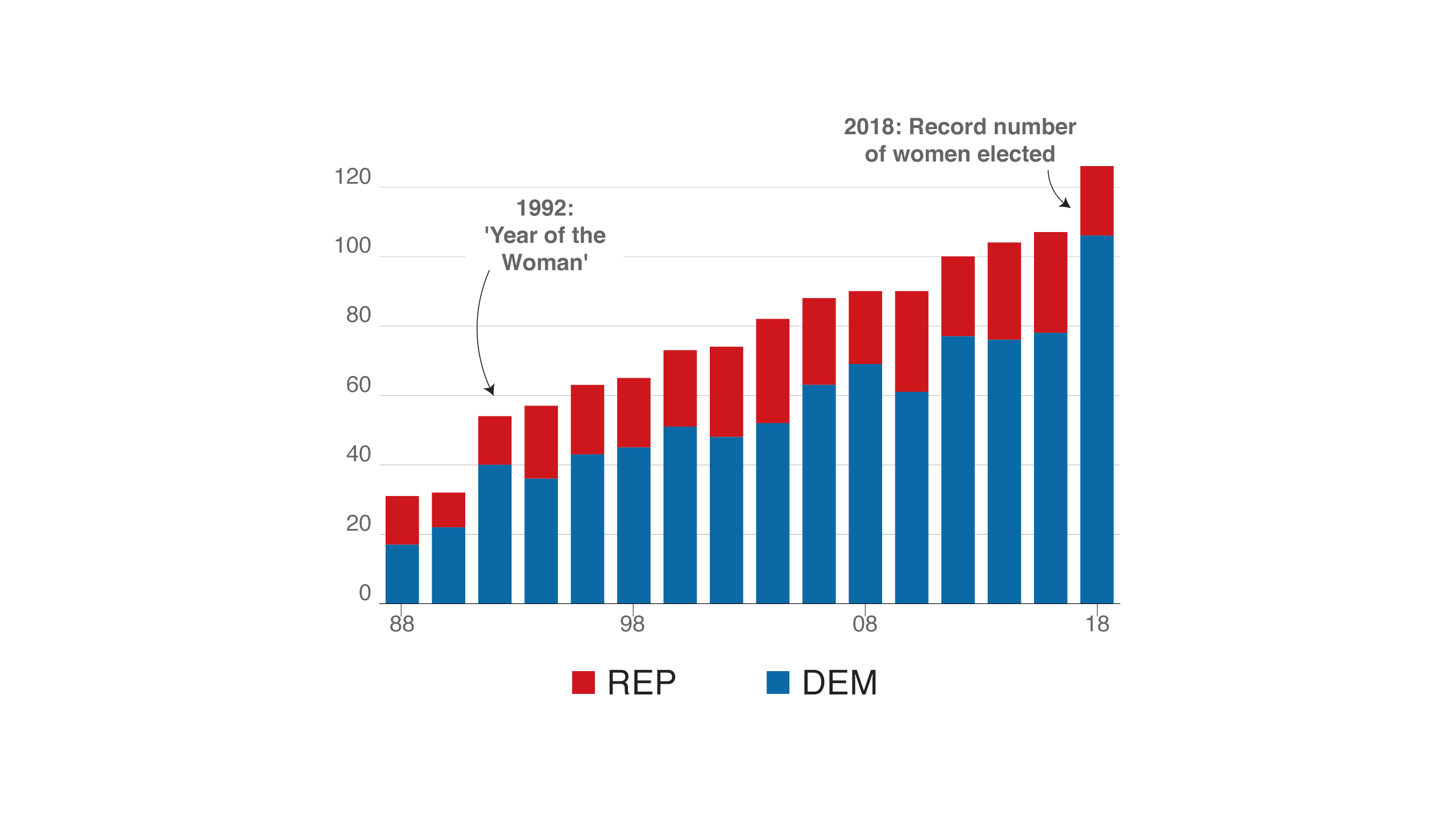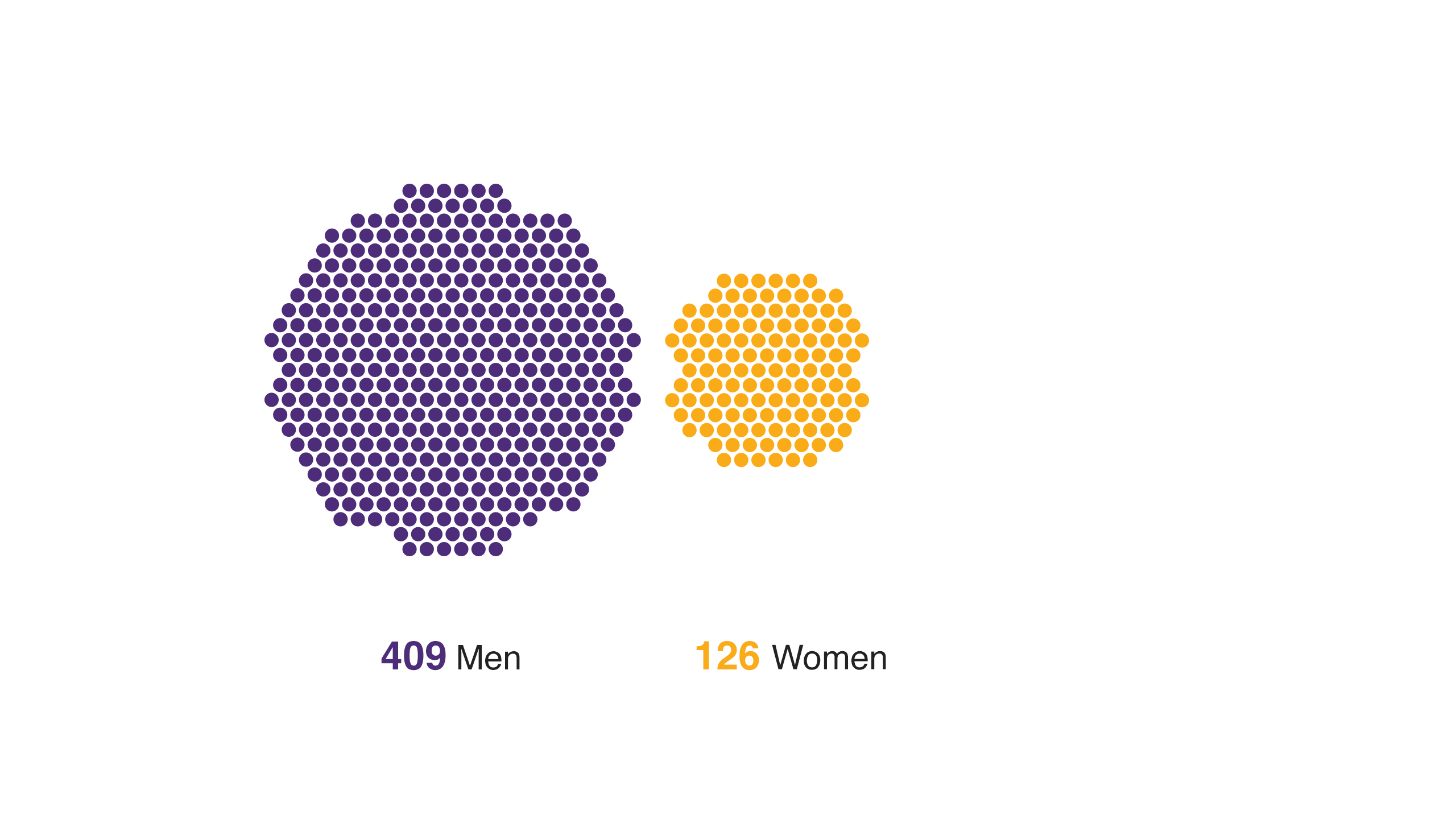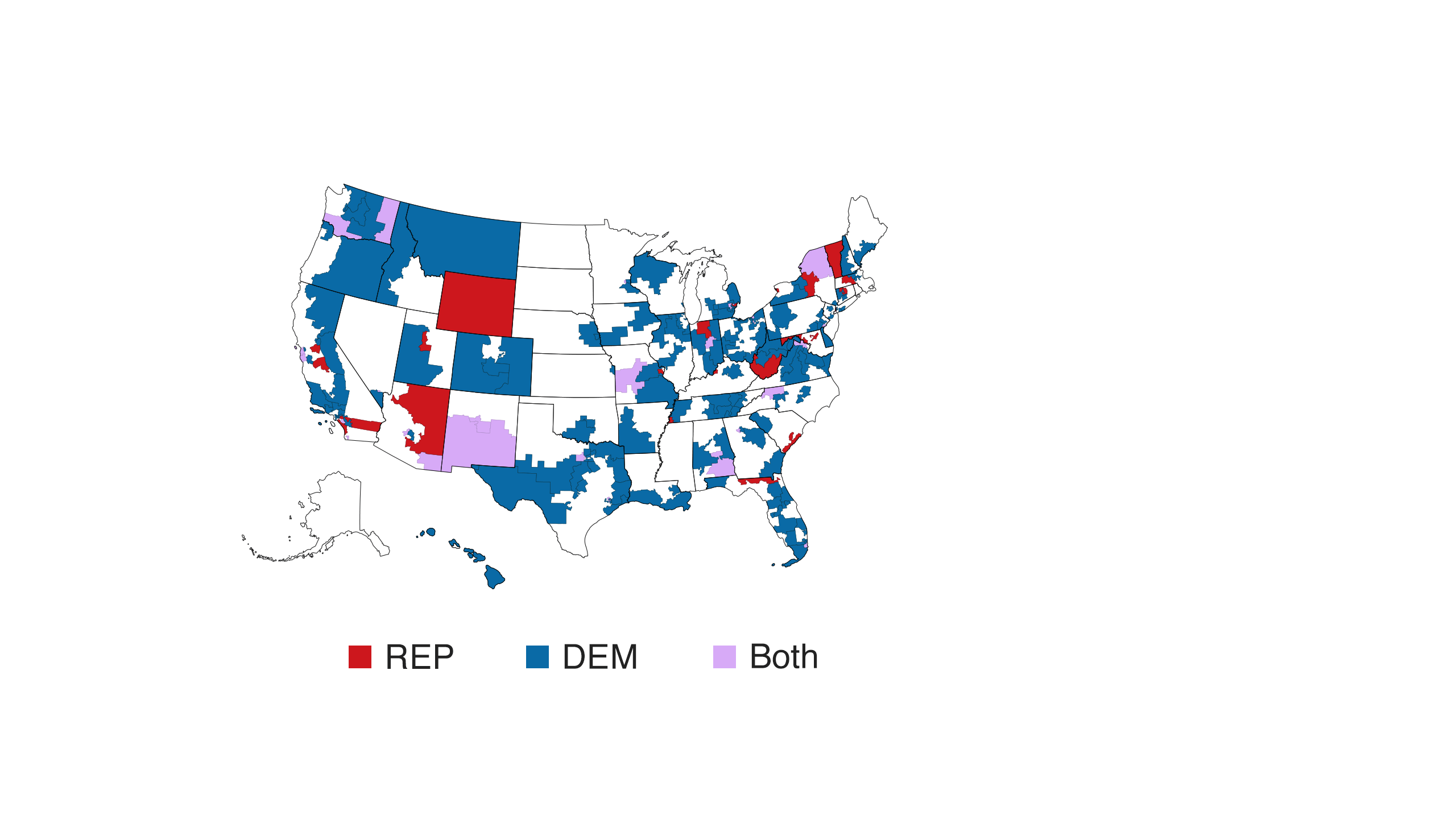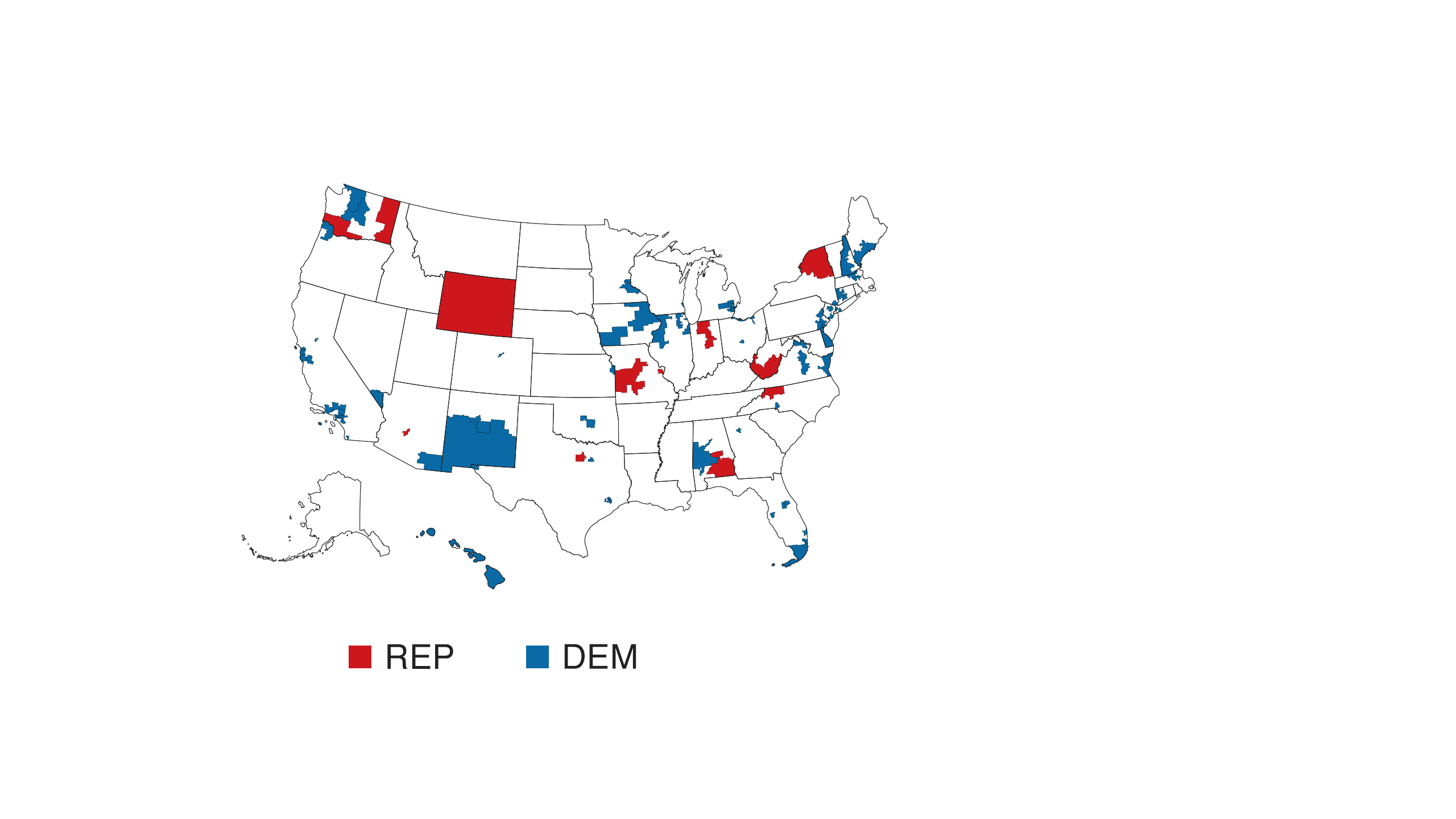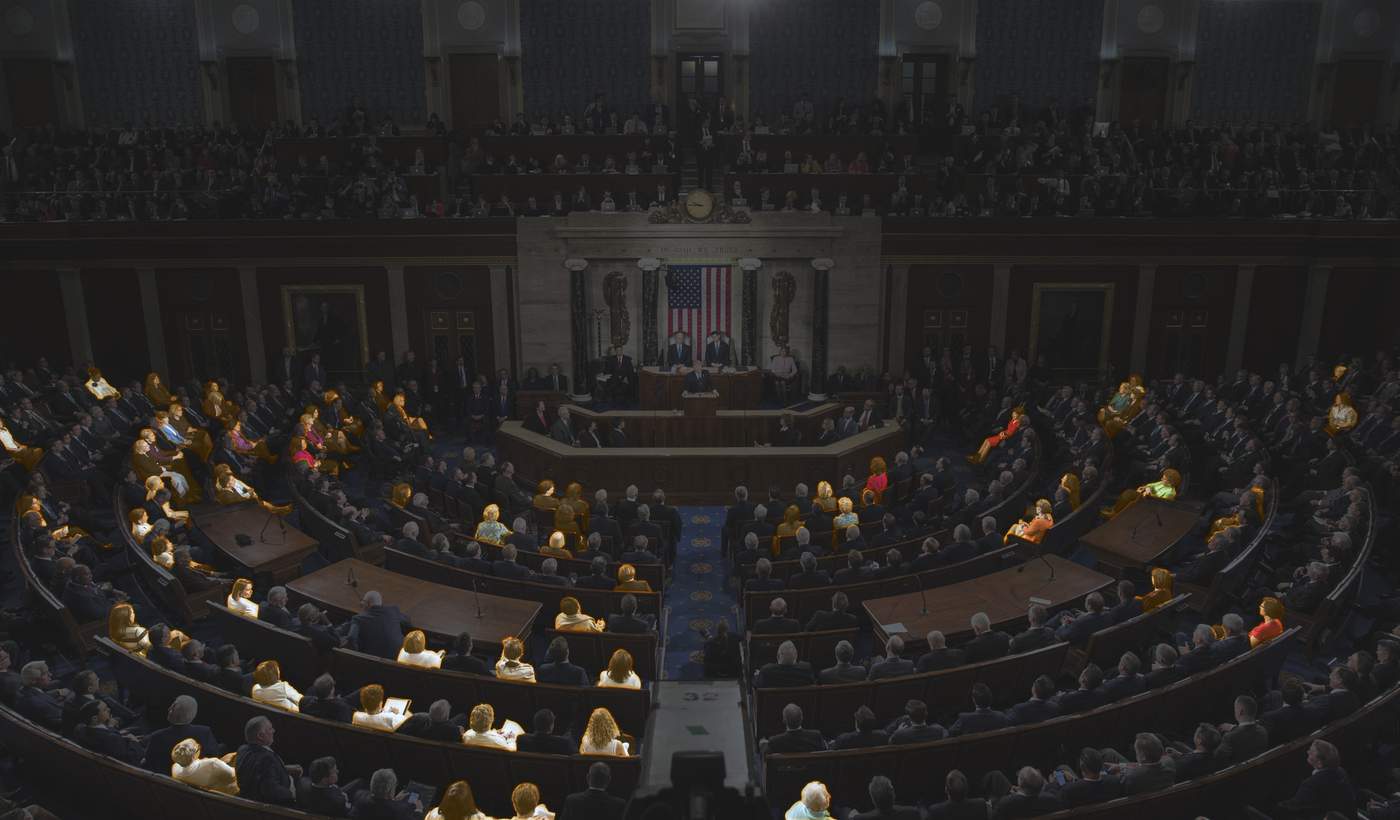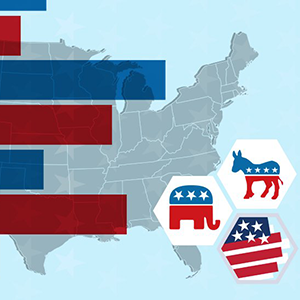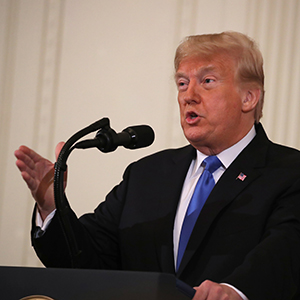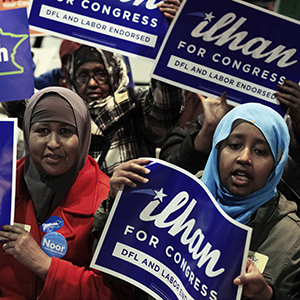Alexandria Ocasio-Cortez
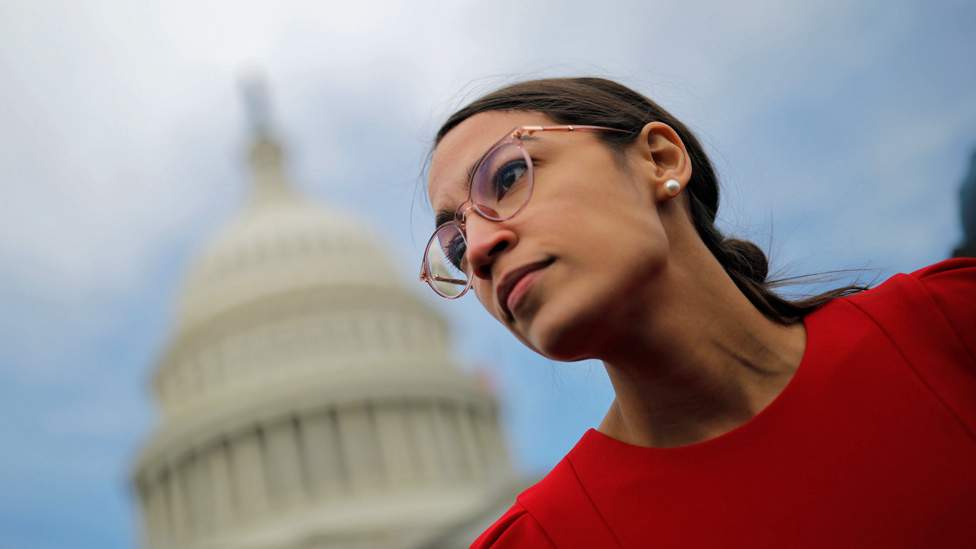
Alexandria Ocasio-Cortez, a former Bernie Sanders volunteer, is the youngest woman ever to win a seat in Congress.
The 29-year-old, a Bronx native from a Puerto Rican family, overcame a top Democrat to become her party's nominee for a House seat in New York.
A year before she was elected, she was working in a bar in Manhattan.
In a video that launched her campaign, and quickly went viral, she said: "Women like me aren't supposed to run for office."
Ilhan Omar
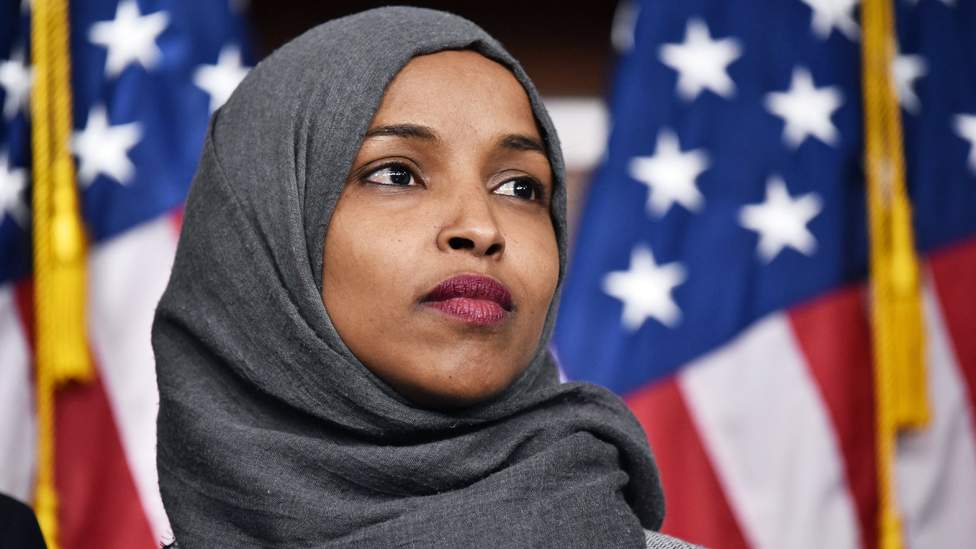
Ilhan Omar, 37, is one of two Democrats to become the first Muslim-American women to enter Congress. She won a House seat in Minnesota.
Born in Somalia, Ms Omar and her family fled the country's civil war in 1991. She arrived in the US as a teenager after spending four years at a refugee camp in Kenya.
She is also the first Somali-American member of Congress.
Speaking after her win, Ms Omar said Minnesota was delivering a clear message by sending a Somali refugee to Congress at a time when President Trump had banned Somalis from entering the country.
Ms Omar will be joined in Congress by Rashida Tlaib, a Muslim woman who won a House seat in Michigan. The 42-year-old is also the first Palestinian-American congresswoman.
Deb Haaland
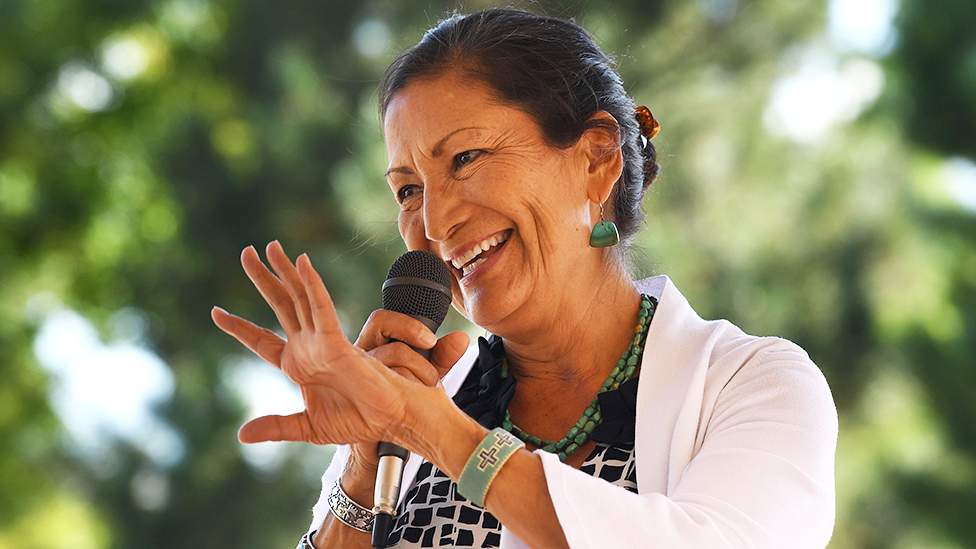
Deb Haaland, 58, is one of two Democrats to become the first Native American women in Congress.
Ms Haaland, a member of the Laguna Pueblo tribe, won a House seat in New Mexico. During the campaign she spoke of her own struggles as a single mother relying on food stamps.
The other Native American woman to be elected is Sharice Davids, a 38-year-old former mixed martial arts fighter. She is also the first openly gay woman to represent Kansas.
